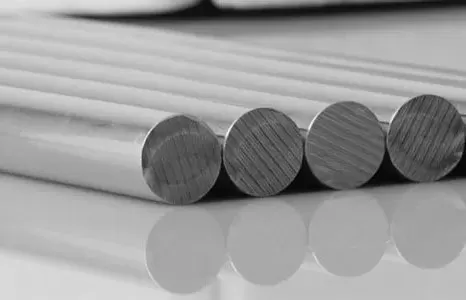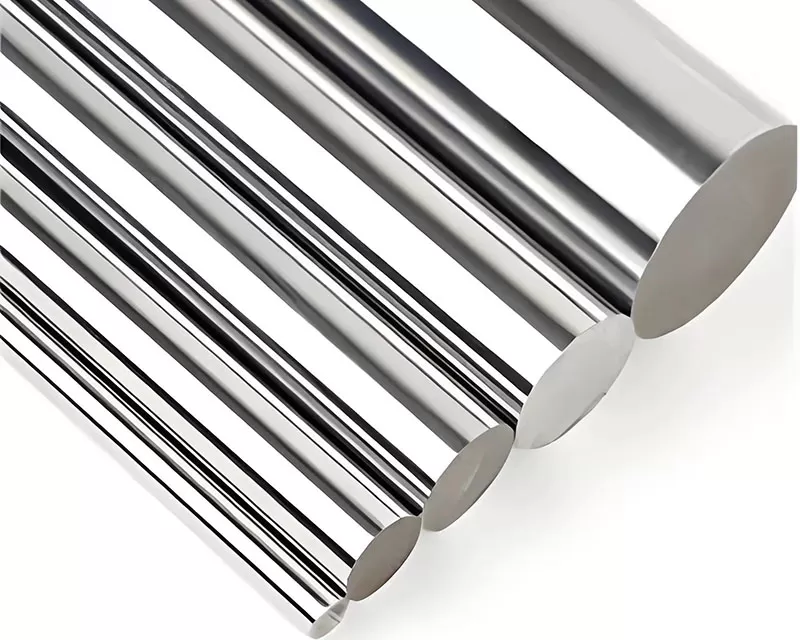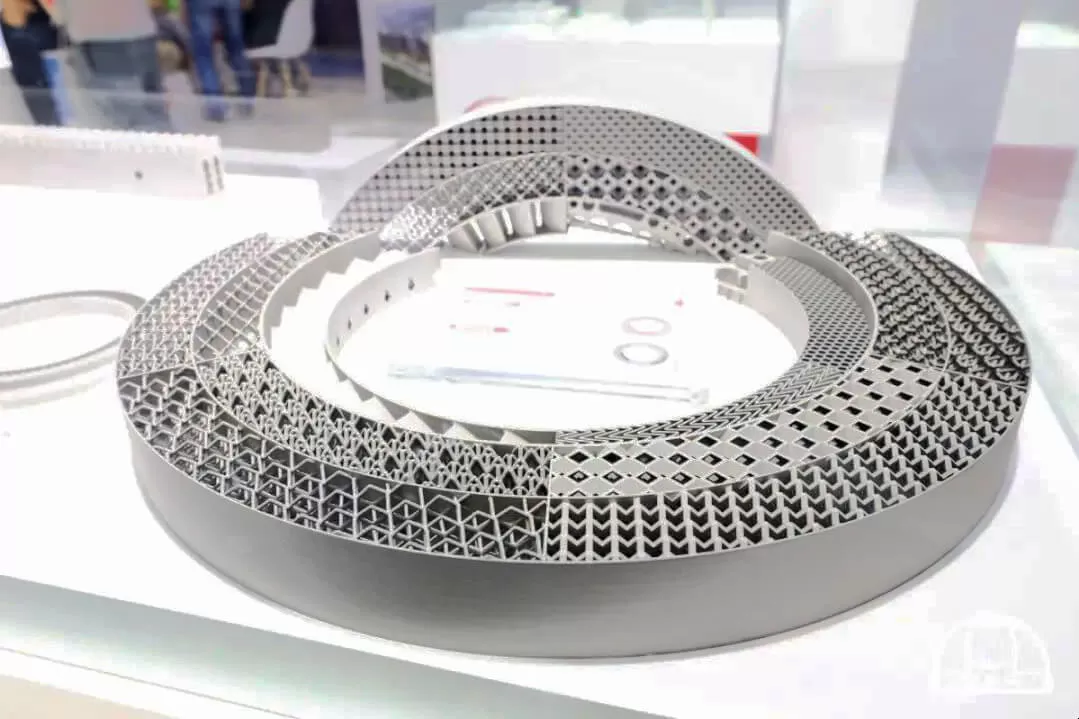Inconel vs. Titanium: Differences and Applications
Date:2025-03-20 15:27:38View:1723Tags:Nickel Alloy Supplier
The selection of materials for various components depends on their unique properties and performance characteristics. Inconel and titanium are two widely used metals, each offering distinct advantages. Understanding their differences can help in selecting the right material for specific applications.
What is Inconel?
Inconel is a high-performance superalloy composed of nickel, chromium, iron, cobalt, manganese, and tantalum. It is known for its exceptional resistance to corrosion and its ability to withstand extreme temperatures, making it ideal for high-stress environments.
What is Titanium?
Titanium is a lightweight metal with excellent corrosion resistance, high strength, and durability. It is commonly used in aerospace, medical, and industrial applications due to its ability to perform well under high temperatures and stress conditions.
Key Differences Between Inconel and Titanium
1. Color
- Inconel: Typically silver or metallic gray.
- Titanium: Naturally silver but can develop shades of blue and purple due to oxidation.
2. Density
- Inconel: A dense and heavy material.
- Titanium: Lightweight, making it preferable for aerospace and other weight-sensitive applications.
3. Hardness
- Inconel: Harder than titanium, offering superior wear resistance.
- Titanium: Softer in comparison but can be strengthened with alloying elements.
4. Strength
- Inconel: High strength, maintaining structural integrity under extreme heat and pressure.
- Titanium: Strong but not as robust as Inconel under extreme conditions.
5. Melting Point
- Inconel: Higher melting point, making it suitable for extreme temperature applications.
- Titanium: Lower melting point compared to Inconel, limiting its use in ultra-high-temperature environments.
6. Thermal Conductivity
- Inconel: Poor heat conductor, making it unsuitable for heat-transfer applications.
- Titanium: Better thermal conductivity than Inconel, useful in heat-exchange applications.
7. Electrical Conductivity
- Both metals are poor electrical conductors, but titanium has slightly better conductivity than Inconel.
8. Corrosion Resistance
- Inconel: Excellent resistance to corrosion in high-temperature and harsh environments.
- Titanium: Exceptional corrosion resistance, particularly in marine and chemical exposure settings.
9. Magnetic Properties
- Inconel: Magnetic, suitable for applications that require magnetic properties.
- Titanium: Non-magnetic, making it ideal for applications where magnetism is undesirable.
10. Weldability
- Inconel: Difficult to weld due to its hardness and complex alloy composition.
- Titanium: Easier to weld but requires careful temperature control to maintain precision.
11. Cost
- Inconel: Expensive due to its alloy composition and high-performance properties.
- Titanium: More affordable than Inconel but still costly compared to standard metals.
12. Recyclability
- Both Inconel and titanium are recyclable. However, Inconel’s complex alloy composition makes the recycling process more challenging.
Choosing Between Inconel and Titanium
The choice between Inconel and titanium depends on the application’s requirements:
- For high-temperature, high-strength applications: Inconel is the preferred choice.
- For lightweight, corrosion-resistant needs: Titanium is more suitable.
Understanding these differences helps engineers and manufacturers select the right material to optimize performance, cost, and durability in various industries.




